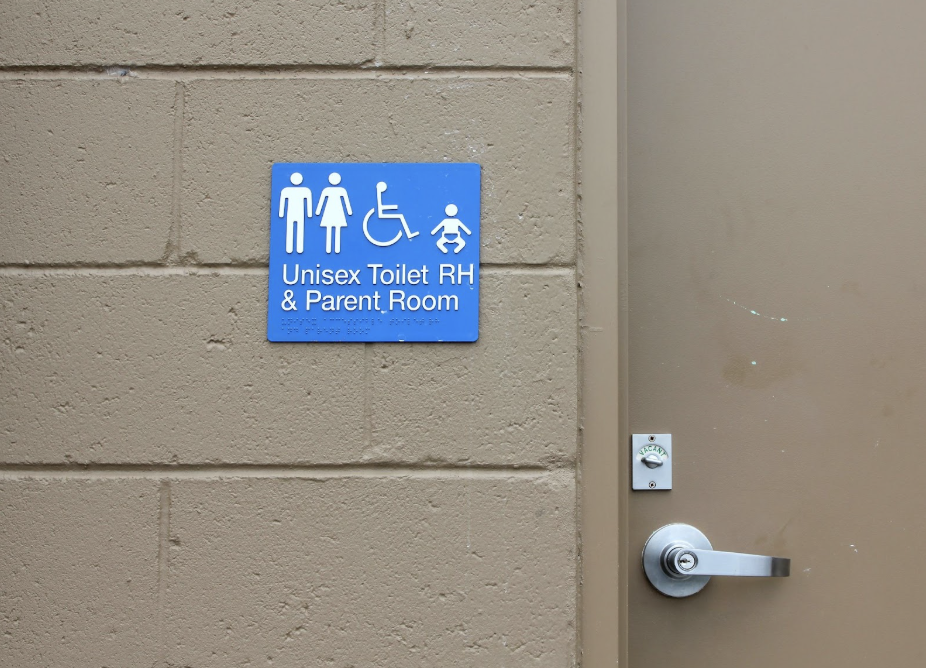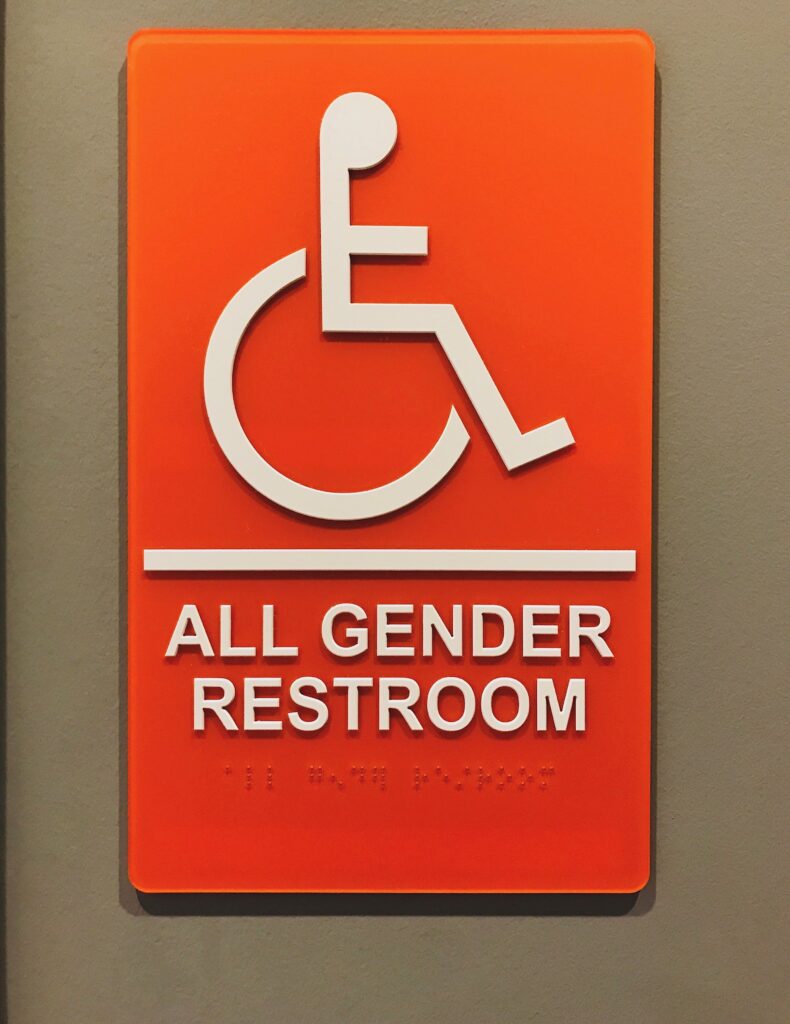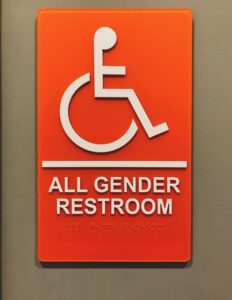When it comes to wayfinding and identification, exterior-grade photopolymer signs are a top choice for durability, accessibility, and versatility. But the challenge every sign specifier faces is how to keep those signs looking and performing like new—despite years of exposure to variable outdoor environments.
At Nova Polymers, we’re committed to helping our partners create exterior-grade photopolymer signage that stands the test of time, not just against sunlight, but also against dramatic swings in temperature and humidity. Here’s how exterior-grade photopolymer signs deliver on performance, and what you should know to get the most out of them.
How Temperature Fluctuations and Humidity Impact Exterior-Grade Photopolymer Signs
Outdoor signs face constant exposure not only to sunlight, but also to significant temperature changes and moisture. Unlike color fading, which is primarily caused by UV rays, temperature fluctuations, and humidity can lead to structural failures. When heat, cold, and atmospheric moisture cycle over time, signs can experience expansion, contraction, and even water ingress.
This can ultimately result in delamination—where the layers of the sign material begin to separate—leaving signage weakened, warped, or at risk of detachment. For organizations relying on outdoor wayfinding or ADA-compliant signage, compromised signs can disrupt accessibility and diminish durability.
Why Exterior-Grade Photopolymer Signs Excel
Exterior-grade photopolymer signs are specifically engineered for long-term outdoor durability. Photopolymer’s unique properties make it inherently robust, helping resist not just cracking and warping, but also the delamination issues that humidity and temperature changes can trigger in other sign materials.
When fabricated and installed correctly, exterior-grade photopolymer signs can:
- Remain structurally sound after years of exposure to a broad range of climate conditions.
- Retain sharp, tactile, and ADA-compliant visuals without separation or bubble formation between layers.
- Maintain overall integrity, helping to prevent delamination even in tough environmental cycles.
Best Practices to Prevent Delamination and Moisture Failures
To maximize the lifespan and appearance of your exterior-grade photopolymer signage, Nova Polymers recommends:
- High-Quality Sealants and Overlaminates: Use a premium-grade, moisture-resistant sealant or protective overlaminate designed for exterior environments. These measures help prevent water intrusion that can cause layers to separate.
- Professional Processing and Fabrication: Ensure that your sign provider is experienced with exterior-grade photopolymer, especially in properly curing, bonding, and finishing the material to withstand temperature extremes and humidity.
- Proper Installation Techniques: Consider factors like mounting surfaces, environmental exposure, and thermal expansion. Partner with a knowledgeable installer to ensure maximum adhesion and minimal risk of delamination from environmental stresses.
The Nova Polymers Advantage
At Nova Polymers, we supply and support the highest quality exterior-grade photopolymer signage materials with proven resistance to humidity and temperature-induced issues. Our advanced formulations and coatings ensure your signs will look great and function perfectly—even after years of outdoor exposure in demanding climates.
Ready to specify or produce reliable, long-lasting exterior-grade photopolymer ADA signs? Contact Nova Polymers today for expert guidance, material samples, and support on your next project.




